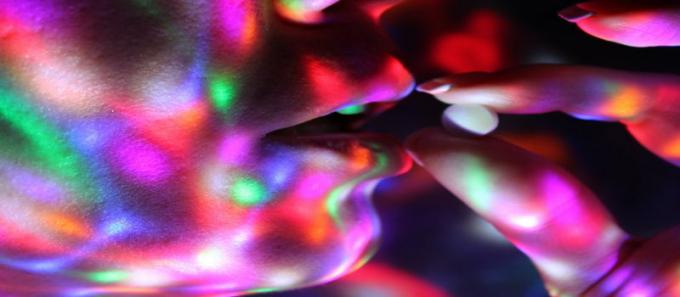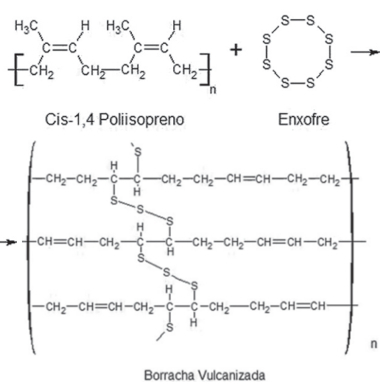The ozone layer corresponds to a gaseous covering that surrounds and protects the Earth from ultraviolet radiation emitted by the sun's rays.
Holes in the ozone layer are regions of the stratosphere where the concentration of ozone gas drops below 50%.
The main cause of holes in the ozone layer is the release of CFC gases (chlorofluorocarbons) into the atmosphere. These gases are present in aerosols, refrigerators, plastic materials and solvents.
Where are the holes in the ozone layer located?
In 1977, British scientists identified the formation of a hole in the ozone layer over Antarctica. This region is visible in late winter and spring in the southern hemisphere.

In 2000, NASA concluded that this hole was about 28.3 km long.2, which is equivalent to an area three times larger than the United States.
The United States, part of Europe and China and Japan have already lost approximately 6% of the protection of the ozone layer. In these regions there is a greater release of CFC gases.
In Brazil, the ozone layer has not lost 5% of its original size, which is due to the low production of CFC gases.
Holes in the ozone layer are monitored from around the world.
In 2016, a group of scientists claimed that holes in the ozone layer are shrinking compared to the year 2000. However, the scenario is not encouraging, as there is still a large concentration of polluting gases accumulated in the atmosphere.
A fact is that the recovery of the ozone layer would take at least 50 years.
Learn more about Ozone layer.
How does the hole in the ozone layer form?
When CFC gases are released, they take up to 8 years to reach stratosphere and when hit by ultraviolet radiation, they release chlorine.
The chlorine then reacts with the ozone and turns it into oxygen (O2), initiating the depletion of the ozone layer.

This is said to be a chain reaction because the chlorine becomes free again and goes back to destroying another ozone molecule.
CFC gases are the main villains in the destruction of the ozone layer. One CFC molecule can destroy up to 100,000 ozone molecules.
Furthermore, it is estimated that for every 1% decrease in ozone concentrations, there is a 2% increase in ultraviolet radiation at the Earth's surface.
Chlorine levels in the atmosphere have increased significantly over the past few decades, due to the release of CFC gases. Therefore, since 2010 the production of CFCs is banned worldwide.
Consequences
The consequences of the hole in the ozone layer affect people's health and the environment.
Health
With the existence of holes in the ozone layer, there is a greater incidence of UV-B radiation reaching the Earth.
UV-B rays can penetrate the skin and damage the DNA of cells. Thus, cases of skin cancer are likely to increase.
It is believed that 1% of ozone layer loss corresponds to 50,000 new cases of skin cancer worldwide.
Radiation can also compromise vision and lead to premature aging.
Environment
The hole in the ozone layer is also related to the greenhouse effect and global warming.
O greenhouse effect ensures that the Earth maintains an adequate temperature for the survival of living beings. However, with the increase in the release of polluting gases, this effect has been intensified.
As a result of the intensification of the greenhouse effect and the increased incidence of sunlight, the Earth's average temperatures are increasing. This causes the so-called and known phenomenon of global warming.
Montreal Protocol
O Montreal Protocol it is an international agreement that was signed by 197 countries in 1987. Its objective is to reduce the emission of gases that cause the destruction of the ozone layer.
Through the goals of reducing emissions of polluting gases, the projection is that by 2065 the ozone layer would be recovered.
Curiosity
On September 16th, the International Day for the Preservation of the Ozone Layer is commemorated.



